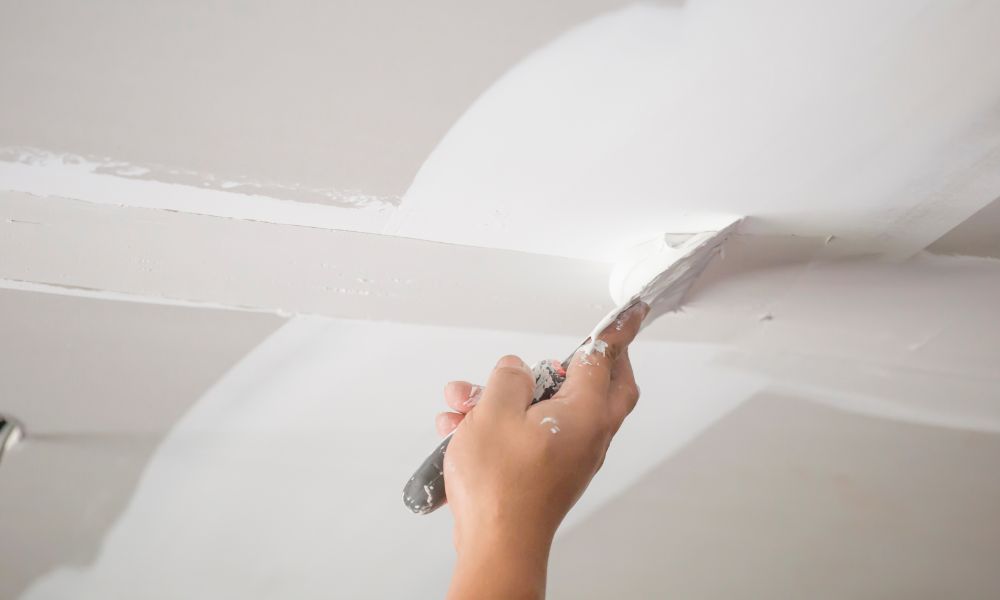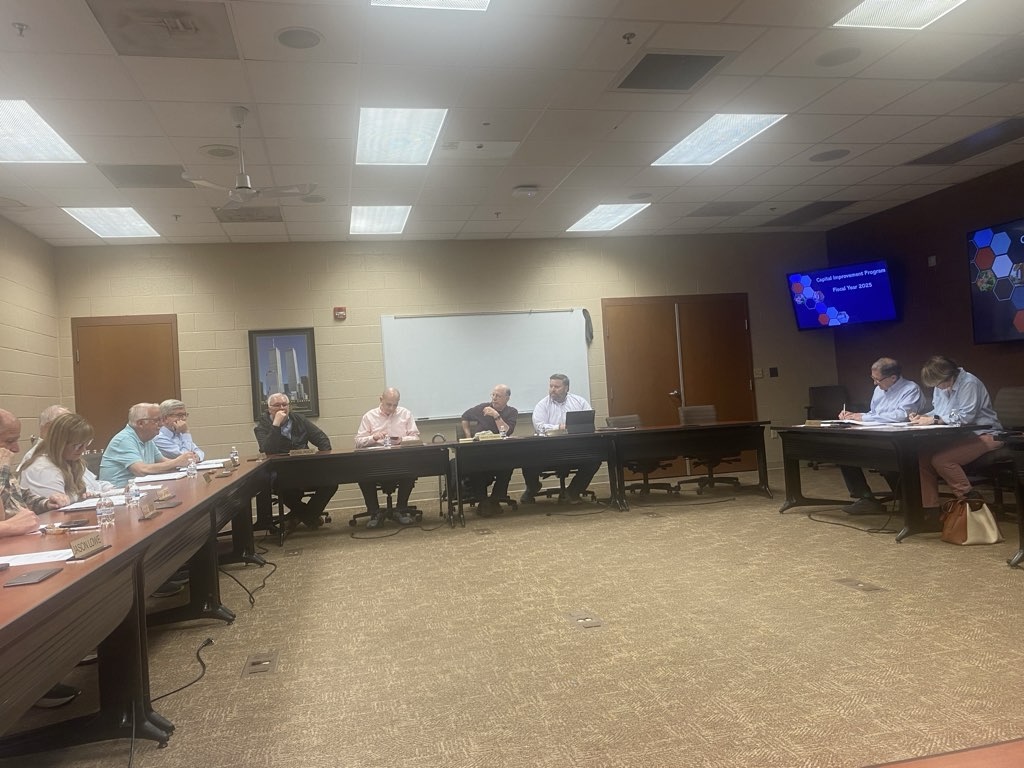By Albert Witherington
Germantown
Civil War relic hunters who metal detect in Civil War campsites and battle sites find a myriad of artifacts, including bullets, belt plates, buttons, coins, knapsack parts, and artillery shells.
I tend to metal detect mainly Civil War camps and not battle sites. Most large battle sites are off-limits to relic hunters and most small battles do not have an abundance of artifacts like campsites.
As a result, I do not find many fired bullets and of the more than 11,000 bullets I have found, most were thrown away or dropped when the paper cartridge got ripped.
I also do not dig many artillery shells since I do not detect at battle sites, therefore it is a special event when I dig an artillery projectile. This article features a special artifact I dug in Collierville a few years ago from the battle that occurred October 11, 1863.
The artifact is a Confederate Read artillery projectile fired by Confederate forces under General James R. Chalmers at the Union troops who had occupied a fort on the railroad in Collierville.
The Mid-South had significant military actions during the Civil War, but except for the naval battle in the river at Memphis and engagements at Corinth, Moscow, and the Battle of Shiloh, there were no other major battles.
The Battle of Collierville was not on the scale of Shiloh, Vicksburg, or Gettysburg, but it was one of those battles, a possible twist of fate, that could have affected the whole outcome of the war. To those men who were wounded and died there, it was the most important engagement of the war.
The military situation in October of 1863 was with, the fall of Fort Henry, Fort Donelson, and Shiloh in 1862, the Mid-South, including West Tennessee, was in the hands of Federal forces. Germantown, Collierville, LaFayette (Rossville), Moscow, LaGrange, Grand Junction, and Corinth were occupied by Union forces along with the important Memphis & Charleston Railroad.
This railway was the only effective connection between the Mississippi River and the East Coast. After the fall of Vicksburg in July of 1863, Union forces in West Tennessee were in the process of moving to East Tennessee to support Grant’s forces in Chattanooga.
In June of 1863, the Union command in Memphis ordered troops left in West Tennessee along the railroad to build fortifications for the protection of bridges and trestles in the area. It was at this time the forts in Germantown and Collierville were built.
The troops at the time of the Battle of Collierville were the 66th Indiana commanded by Colonel Dewitt Anthony with about 240 men. The Confederate objective was to disrupt Federal efforts to move troops East to support Grant by destroying the railroad.
On October 11, 1863, General Chalmers and his 3,000 men converged on the small force in Collierville.
The Confederates had eight artillery pieces: five Williams guns, two six-pound smoothbore cannons, and a ten-pound steel-rifled cannon, which is the one that fired my artillery projectile.
The Confederate plan was to cut the telegraph lines east and west of Collierville to prevent reinforcements from being called to aid the fort. The 7th Illinois Cavalry, camped north of town, was also to be attacked to prevent them from aiding the fort.
The initial attack forced the Union forces into their fortifications while the artillery hammered the fort. Part of the Confederates routed the 7th Illinois troops, captured their camp, and drove them into the Wolf River bottoms North of town.
A flag of truce was initiated and the fort was about to surrender when fate intervened and a Union train steamed into town right in the middle of negotiations, with 260 men and General Sherman himself. Sherman and his men exited the train and assisted in defense of the fort. The Confederates immediately attacked the train and almost captured Sherman. He escaped, but Confederates did capture the train along with Sherman’s sword, uniforms, and his favorite horse, “Dolly.”
The battle lasted three hours and ended when Sherman was able to telegraph for help from Union forces in Germantown since Confederates had failed to cut the telegraph wires west of town. With the Confederate advantage gone, Chalmers’ men withdrew to North Mississippi.
The significance of the opportunity lost at this battle cannot be overstated. If Sherman had been killed or captured at Collierville, Atlanta probably would not have fallen before the Presidential Election of 1864 which Lincoln had been predicted to lose to George B. McClellan, who was running on a peace platform. Sherman capturing Atlanta won Lincoln the election and ensured a continuation of the war to a Union victory.
I have wondered many times when I look at my artillery shell, “What if it had exploded and killed Sherman? What would the country look like today if the war had ended with two separate nations instead of one?” That tantalizing thought is why I love history and the “what-if’s”.
The shell itself was likely produced at the Confederate arsenal in Selma, Alabama, which was one of the top producers of weapons for the Confederacy during the war. General Chalmers fought with Nathan Bedford Forrest numerous times and most of Forrest’s artillery shells were manufactured in Selma.
The Read shell was invented by surgeon John B. Read and patented in 1856. The Selma arsenal not only produced artillery shells and cannons, but also small arms ammunition and even warships. Selma’s central location, water, and rail lines made it one of the most important suppliers of weapons and equipment during the war. The arsenal was eventually captured and destroyed late in the war on April 6, 1865, by Union forces.
I found this artillery shell in an ultra-small yard that was surrounded by a parking lot on three sides, a stone’s throw from the Collierville town square. In this same yard, I also found 28 Civil War bullets, one uniform button, a perfect eagle breastplate, and my most unusual find: a four-tooth gold bridge.






